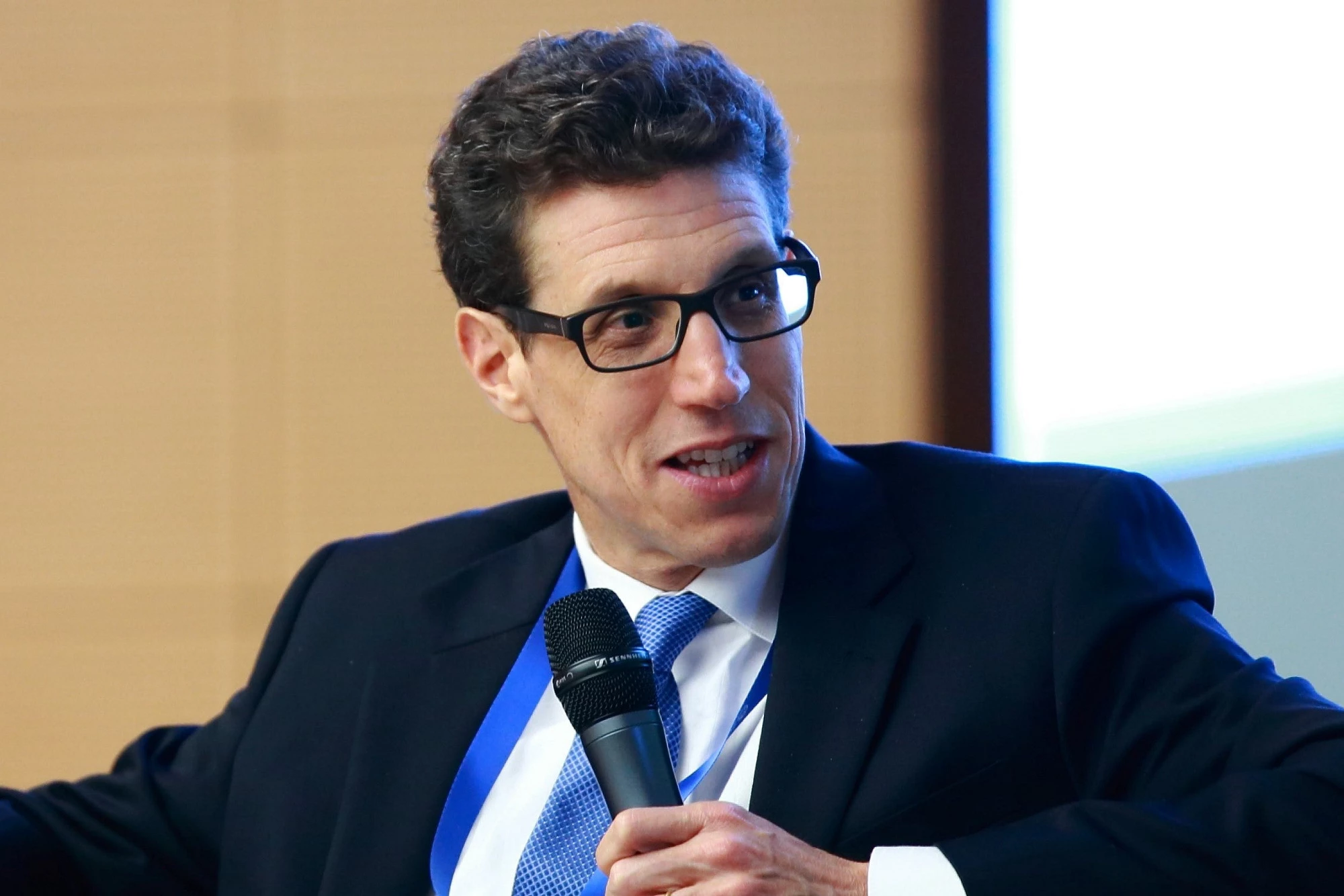The financial crises of the last three decades have spurred a very large interest on international capital flows. Although most of the work in the topic has concentrated on the behavior of net capital flows, much less is known about the behavior of gross capital flows (the difference between capital inflows by foreigners and capital outflows by domestic agents).
The overwhelming focus on net flows represents a serious shortcoming because gross flow are much larger and much more volatile than net flows, and their size and volatility have been growing substantially faster, as we discuss in a recently published paper and Vox column (Broner et al., 2013a and b).
It is time to shift the attention from net capital flows to gross capital flows.
Policy makers have traditionally focused on net capital flows (or their counterpart, the current account) to understand why crises occur and, more generally, how countries are integrating internationally. However, the reduction in net capital inflows during crises is in fact substantially smaller than the reduction in gross capital flows. Thus, during crises countries face a reduction in their ability not only to finance domestic investments with foreign savings, but also to share domestic idiosyncratic risks with foreigners. This became clearly apparent during the 2008-09 global financial crisis, when there was a significant reduction in financial globalization.
Our evidence also shows that on average foreigners are responsible for more than 100% of the reduction in net inflows. Domestic agents reduce their outflows and thereby offset, in part, the behavior of foreigners. Thus, neither fire sales of domestic assets to foreigners nor domestic capital flight seem to be as important as previously thought. Instead, crises are characterized by a sudden stop of foreign capital inflows.
Moreover, the large changes in gross capital flows during crises can lead to reallocations between foreign and domestic investors that have large effects on financial systems, as investors unwind their positions and retrench. This might be reflected in large fluctuations in asset prices and withdrawals from deposit taking institutions, generating a need for liquidity provision from domestic or international institutions.
At the prudential level, policy makers might need to monitor and perhaps regulate ex ante the separate behavior of domestic and foreign investors. During good times, as financial globalization deepens, authorities might want to encourage that foreign capital inflows are channeled to assets that can cushion eventual negative shocks. In particular, capital inflows intermediated by the banking system might prove particularly dangerous given the susceptibility of banks to runs. Flows into short-term debt might also generate fragility due to the rollover risk. On the other hand, equity and direct investment seem safer ways to channel foreign capital inflows. On the asset side, countries might be encouraged to keep accumulating large amounts of reserves to be able to withstand shocks. In fact, this type of international financial integration seems to be the strategy that middle-income countries have followed during the 2000s, which might explain their resilience during the global financial crisis.
References
Broner, F., Didier, T., Erce, A., Schmukler, S., 2013a. Gross Capital Flows: Dynamics and Crises. Journal of Monetary Economics 60, 113-33.
Broner, F., Didier, T., Erce, A., and Schmukler, S., 2013b. International Capital Flows during Crises: Gross Matters, VoxEU.org, March 28.



Join the Conversation